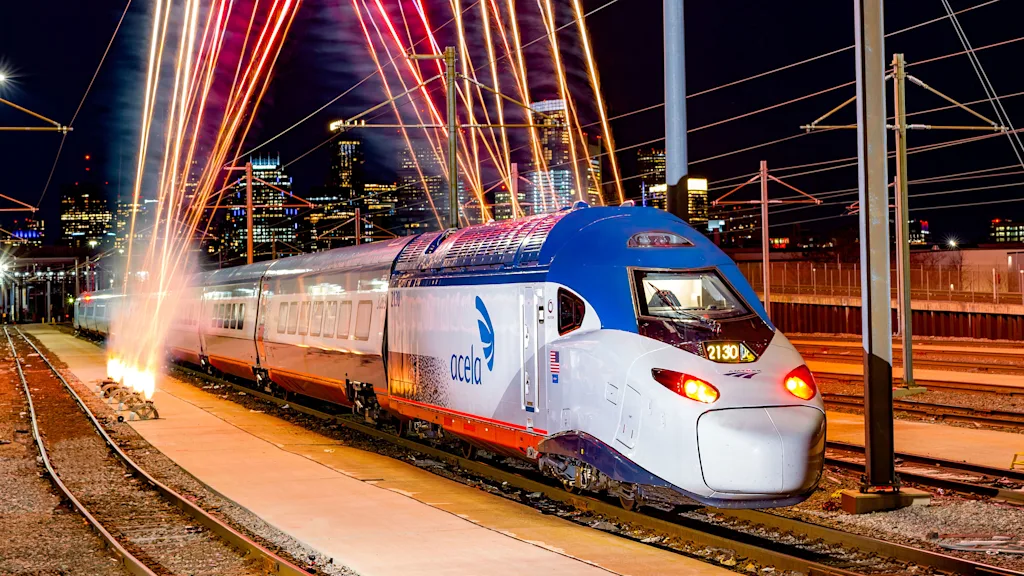
"On the train's second day of revenue service, I boarded a train in Washington, D.C., for a day trip to New York. Standing alongside a previous-gen Acela at Union Station, my train was positively gleaming, and looked just as sharp on the inside. Then came the ride, which took just as long as previous trips and went no faster. NextGen Acela can hit 160 mph on upgraded track, but my train maxed out at 144 mph on a straightaway north of Princeton, N.J."
"My return trip Friday night on the same tracks, however, topped out at 162 mph-the speed France's TGV debuted at in 1981. Progress on the Northeast Corridor-"NEC" for short-has been like that since before Amtrak took over the route from the bankrupt Penn Central Transportation Company in 1971. Taking the busiest passenger railroad in North America out of service for a complete rebuild to meet the standards of high-speed lines in other countries has been impossible, but even incremental upgrades have often been left waiting for lack of funding."
NextGen Acela entered service at the end of August with noticeable interior and exterior updates, yet offered only modest speed improvements in early runs. Observed top speeds varied: one northbound trip reached 144 mph on track cleared for 160 mph, while a return trip topped 162 mph. The Northeast Corridor remains the only U.S. high-speed line, but comprehensive reconstruction has been impractical because the busiest passenger railroad cannot be fully taken out of service. Progress relies on funding for incremental upgrades and adopting international high-speed-rail best practices and regulatory reforms.
Read at Fast Company
Unable to calculate read time
Collection
[
|
...
]